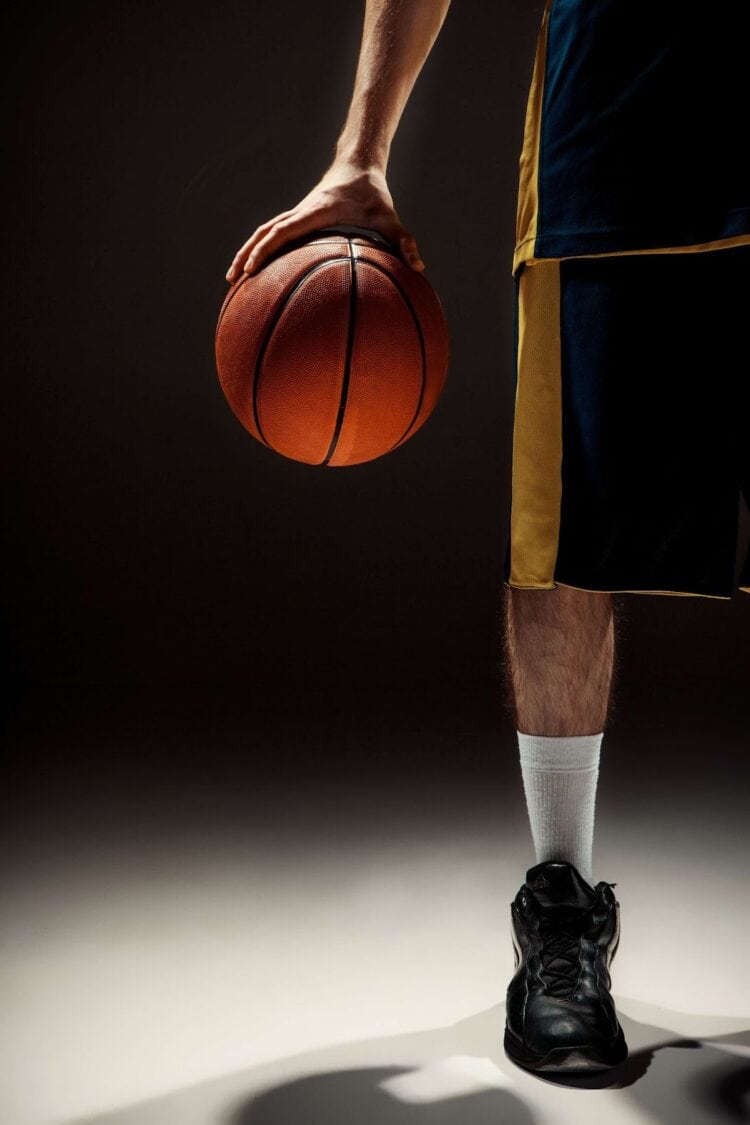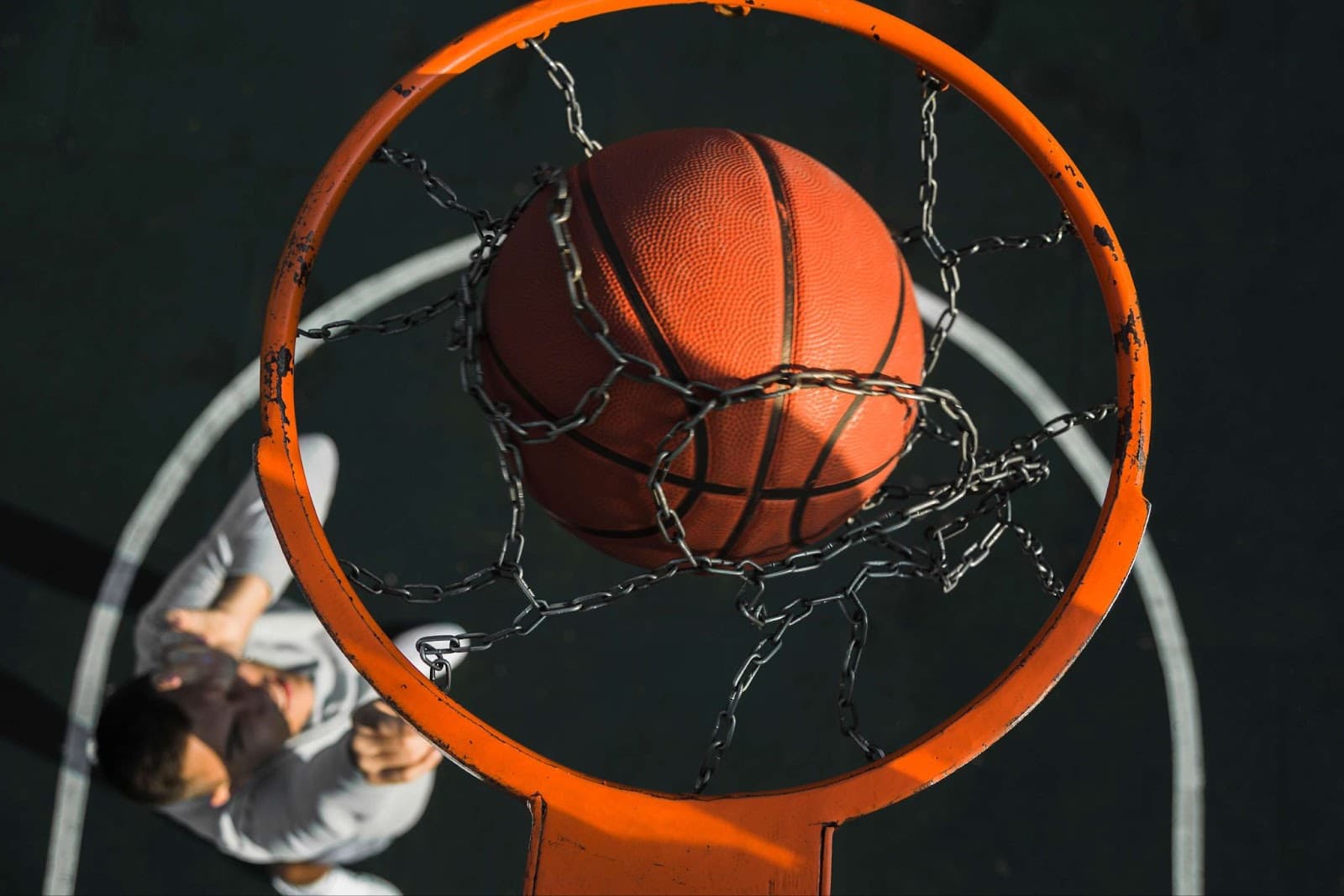Imagine a scenario where the underdog Minnesota Timberwolves, with a stellar 58-24 regular season record, dominated the Western Conference and secured their spot in the Conference Finals after a grueling 7-game series against the Sacramento Kings. On the other side of the ring, the formidable Los Angeles Lakers, an NBA powerhouse, commanded by the likes of the legendary Kobe Bryant, the dominant Shaquille O’Neal, and the mastermind coach Phil Jackson, stood tall with an impressive championship-winning track record.
The Timberwolves, although impressive, were far from the pinnacle of NBA franchise success. Despite having a star player in Kevin Garnett, their history was marred by a lack of significant victories. Garnett had led the team to merely 13 wins in 41 attempts before this season, and they had previously suffered a defeat at the hands of the Lakers in the 2003 playoffs, where Kobe and Shaq showcased their brilliance, each averaging an astounding 30 points per game throughout the series.
Nevertheless, the Timberwolves displayed remarkable potential, having emerged victorious in three out of four regular-season matchups against the Lakers. Their fans believed in their abilities and hoped for an upset against the mighty Lakers. The stage was set for an epic clash between the seasoned champions and the spirited contenders.
Enter Sam Cassell, a player with a relentless drive to win and a fearless attitude. Before the two teams even faced off in the playoffs, Cassell’s distinctive celebration had already made waves. Each time he made a clutch basket, he would perform an iconic gesture that oozed confidence – patting his own, well, you know, “big balls.” This audacious display of self-assuredness sent a clear message to his teammates, fans, and opponents alike – that he was unshakable under pressure and that the Timberwolves were a force to be reckoned with.
The impact of Cassell’s bold celebration reached far beyond mere theatrics. It ignited a fire within the Timberwolves, infusing them with newfound determination and self-belief. Suddenly, they were no longer just a group of talented players; they had transformed into a cohesive unit with an unwavering faith in their abilities.
As the Conference Finals commenced, the Lakers may have had the upper hand in experience and accolades, but the Timberwolves had something they couldn’t measure on paper – an unyielding spirit and a newfound swagger. The series that initially seemed like a David versus Goliath matchup now took on a whole new dimension, with the Timberwolves proving to be fierce competitors.
In the crucial moments of the series, Sam Cassell backed up his bravado with his performances on the court, making critical plays and sinking clutch shots. His ability to rise to the occasion and deliver under pressure elevated his status from just another player to a true leader and catalyst for his team. And he wasn’t alone in this endeavor; the entire roster rallied around his confidence and followed suit, performing at their best when it mattered the most.
Although the Lakers put up a valiant fight, the Timberwolves’ newfound confidence and determination turned the tide in their favor. They managed to edge out the Lakers in a hard-fought series, securing their place in the NBA Finals for the first time in franchise history.
The Butterfly Effect of Sam Cassell’s Iconic Celebration
In the annals of sports history, there are pivotal moments that forever alter the trajectory of players, teams, and even cultural trends. One such moment unfolded in the NBA during a crucial playoff series involving the Minnesota Timberwolves and the Sacramento Kings. Little did anyone know that a celebration by one man would reverberate through the league, influencing the lives of legendary players like Kobe Bryant, Shaquille O’Neal, and Kevin Garnett, as well as the fortunes of their respective teams, the Timberwolves and the Boston Celtics. Moreover, this event would have unforeseen consequences in the music industry, impacting the future of hip-hop, and even, on a more personal level, affecting the outcomes of high school experiences.
At the heart of this captivating tale is none other than Sam Cassell, the point guard of the Wolves, a man with a flair for the dramatic. In Game 7 against the Kings, with the stakes at an all-time high, Cassell hit an incredible clutch shot that sent the crowd into a frenzy. And in a moment that would define his legacy, he unleashed what would later be known as the “big balls” celebration. With a mix of confidence and humor, Cassell pounded the court, his high-knees pumping with intensity, while he dramatically extended his arms downward, emulating the act of cradling a pair of gargantuan bowling balls right in the pelvic region.

The ripple effects of this iconic celebration were far-reaching, extending well beyond the basketball court. For starters, the “big balls” gesture, now infamous in the NBA, became a symbol of confidence and swagger that numerous superstars would emulate in their own triumphant moments. From Kobe Bryant’s jaw-dropping buzzer-beaters to Shaquille O’Neal’s dominant performances in the paint, players across the league couldn’t resist channeling Cassell’s audacity.
However, the true turning point lay in what unfolded after that fateful celebration. In an almost poetic twist of fate, the very act that brought Sam Cassell worldwide attention also became his undoing. As he jubilantly celebrated his monstrous, ahem, endowment, Cassell strained or possibly even tore his groin muscle. The severity of the injury remained shrouded in mystery, as Minnesota discreetly handled the situation.
But make no mistake; the consequences were profound. Limited to a mere 64 minutes of play in four games, Cassell’s absence severely impacted the Timberwolves’ chances in the Western Conference Finals. The team’s struggle to replace their star point guard became evident, and they ultimately fell short of reaching the NBA Finals. This outcome had a domino effect, affecting Kevin Garnett’s legacy with the Timberwolves and paving the way for his eventual move to the Boston Celtics, where he would later clinch an NBA championship.
Beyond the basketball court, the butterfly effect continued to unfold. The “big balls” celebration and the ensuing injury influenced the course of hip-hop culture, as artists and fans alike integrated the gesture into their performances and vernacular. The iconic move became synonymous with triumph, resilience, and self-assuredness, finding its way into lyrics and music videos, shaping the ethos of an entire generation.
And yes, even the personal stories of individuals were touched by this momentous event. For those who witnessed this chapter in history unfold, it became a cherished memory, a tale to be shared with friends and family. As for those young souls navigating the tumultuous journey through high school, the legendary celebration served as a conversation starter, a topic of intrigue and camaraderie, and even a catalyst for certain unforgettable experiences.
In conclusion, the “big balls” celebration by Sam Cassell transcended the boundaries of sports and entered the realm of cultural phenomena, touching the lives of basketball stars, franchises, music artists, and everyday people alike. Its butterfly effect is a testament to the unpredictability of life and the enduring impact of even seemingly small actions. So, the next time you witness a player celebrating a victory with flair and exuberance, remember the story of Sam Cassell and his monumental celebration that forever changed the course of history in more ways than anyone could have imagined.
Conclusion
In the vast tapestry of NBA history, certain moments and actions stand out as iconic symbols of the game’s indomitable spirit. Sam Cassell’s signature NBA dance move, the “big balls” celebration, is undeniably one of those defining moments. Throughout the years, this seemingly light-hearted and audacious gesture has left an indelible mark on the league, players, fans, and even the broader cultural landscape.
